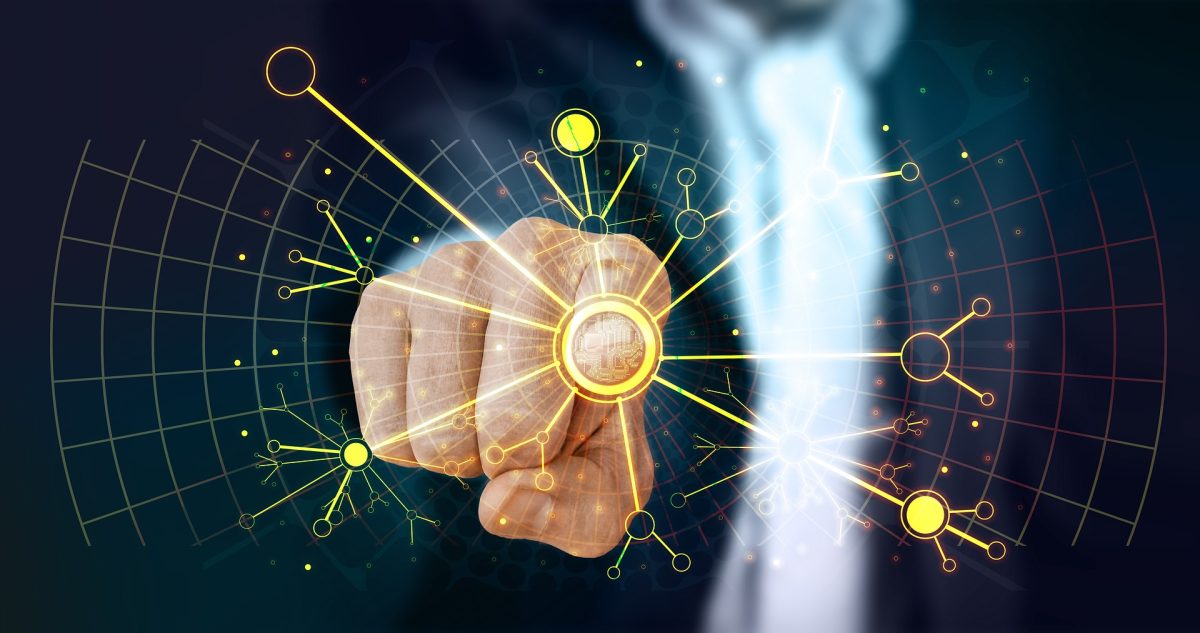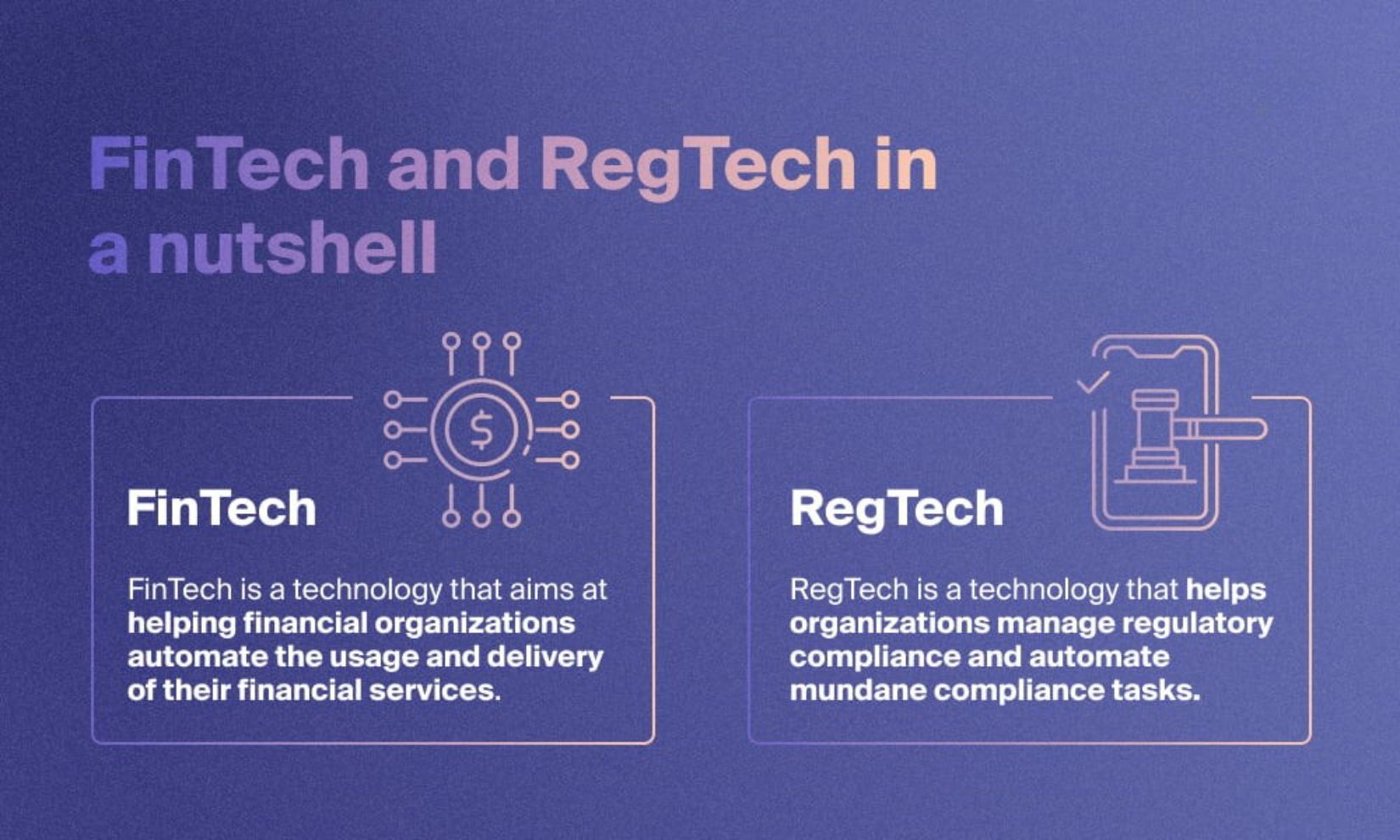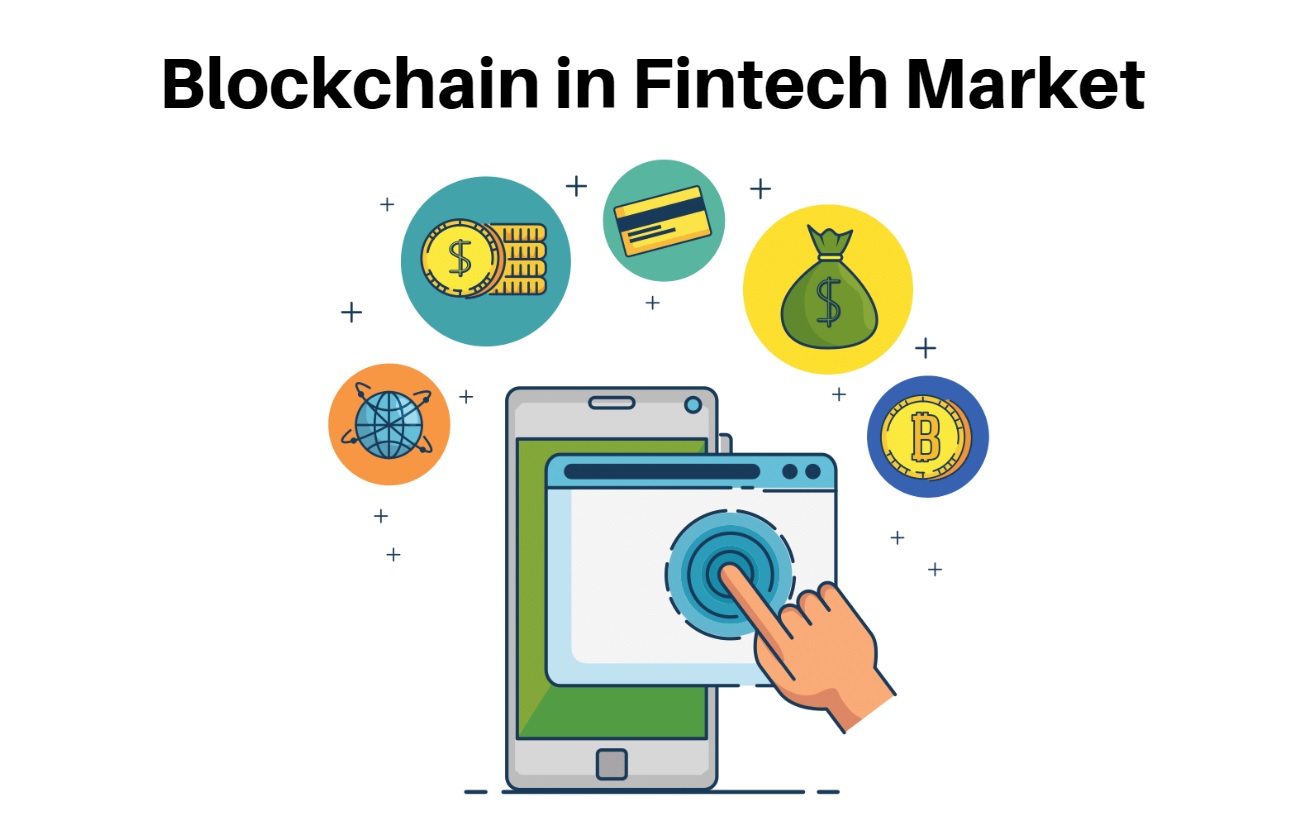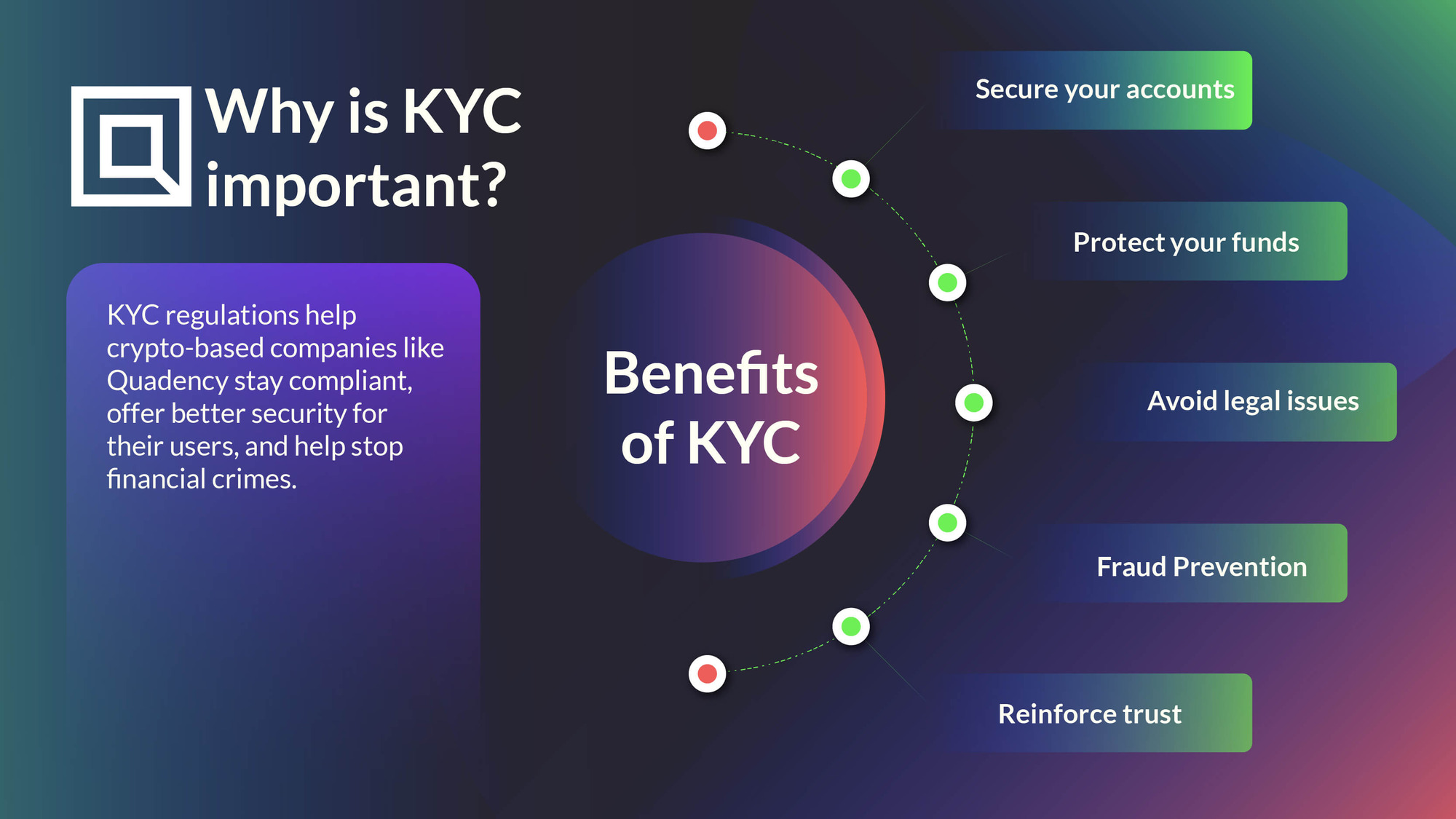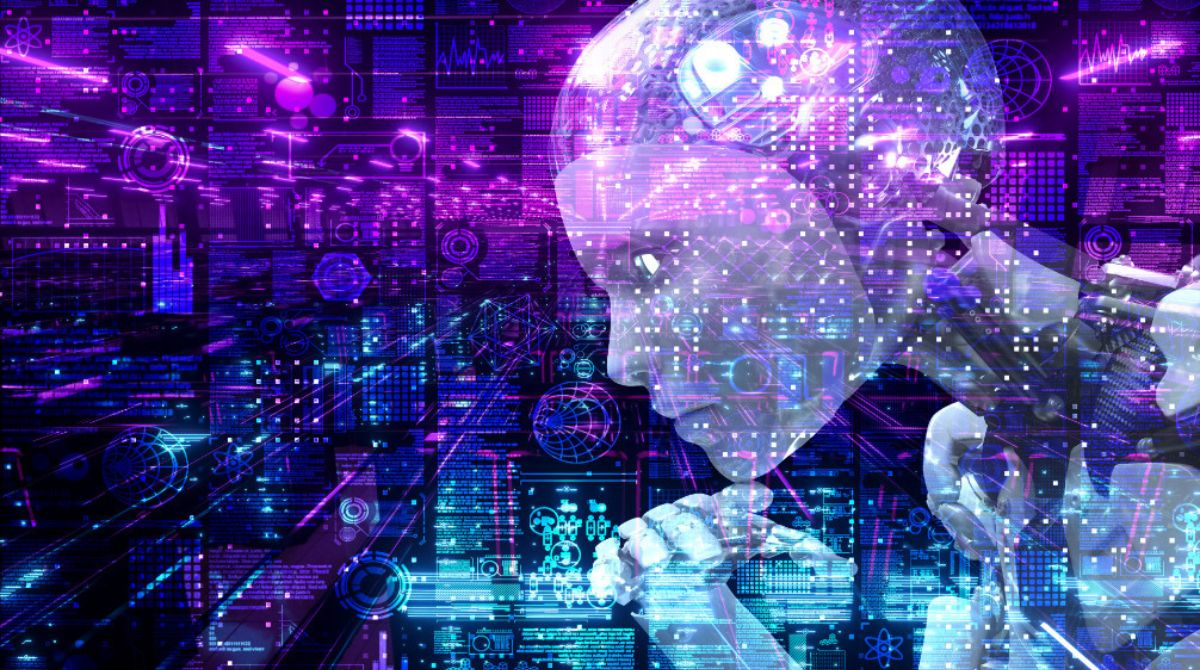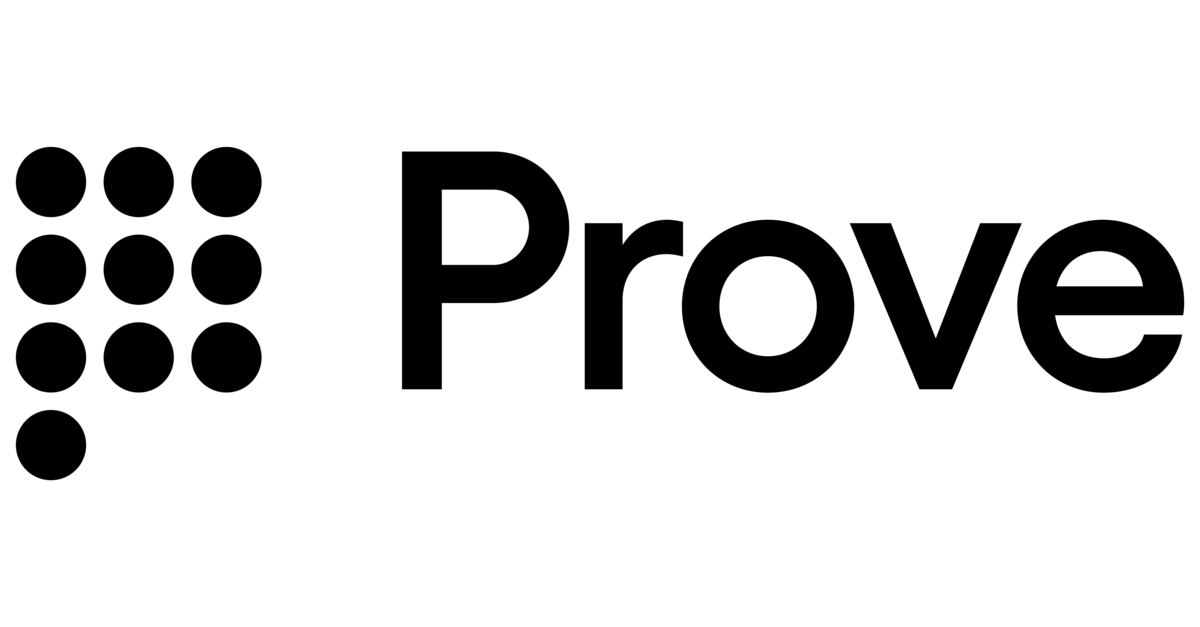Identity theft is one of the most common dangers of using the internet. One malicious person can take your IDs and use them to do nefarious things. Not only are your identification cards in danger but also your ATMs, credit cards, and online banking profiles.
Today let’s take a look at how Identity Verification Services can help in the fight against identity theft and how AI technology improves it.
What Are Identity Verification Services
Identity Verification Services (IVS) is a growing industry that provides businesses with the tools they need to verify their customers’ identities. This is essential when onboarding new clients, so you can be sure they’re legitimate and not using stolen information. However, with the amount of collectible data more people than ever have access to this information.
That’s where artificial intelligence comes in. With its ability to process and analyze large volumes of data in seconds, AI makes it possible for companies to rapidly vet new users while maintaining user privacy by limiting access only to those who need it.
Credit Card Fraud
Credit card fraud is a big problem. It’s estimated that people lose $8.5 billion a year from credit card fraud. With the help of AI systems, however, it is possible to identify patterns in transactions. Which can flag fraudulent activity and stop them before they happen. The system uses what’s called machine learning technology. This means that as more data comes in, the system can learn from it and perhaps even predict future behavior based on past events or data.
Password Protection
It can also help with password protection. AI can be used to analyze passwords and determine whether or not they are easily guessable by a computer, which will let you know if your password is at risk of being hacked. This technology can also prevent phishing attempts, as it can identify fake websites and block them from accessing your data.
It also helps reduce the risk of password reuse and brute force attacks. Both of these are common methods for hackers to get into accounts. Password reuse occurs when people use the same passwords across multiple sites or services; this makes it easier for hackers to break into those accounts because they only need one set of credentials (the ones used on the site with reused credentials). Brute force attacks work by trying every possible combination until they find the correct one; using AI means that they won’t succeed unless they have access to an enormous computer network that can try all combinations quickly enough—something most malicious actors don’t have access to yet! Using AI in conjunction with two-factor authentication can also prevent keylogging attempts by requiring both something you know as well as something you have before allowing access
Verifying Identity
Identity verification is the foundation of trust. When you register an account with a company or organization, they want to make sure that you are who you say you are. They usually do this by asking for your personal information. This process can often be time-consuming and tedious. However, AI has made it easier than ever to verify identities and prevent fraud.
AI platforms can help identify potential risk factors. Such as whether someone has been flagged by authorities or if their address matches up with their social security number. They also have access to databases from around the world that contain millions of pieces of information about individuals to further verify someone’s identity before granting them access to certain services or products.
Customer Acquisition
The use of artificial intelligence in identity verification services offers several advantages to companies. Especially those companies looking to attract new customers and retain existing ones. With AI, it’s easier for businesses to identify potential customers and then determine the best ways to engage them.
This is possible through customer acquisition programs that incorporate personalization. AI Customer Acquisition is also possible through targeted marketing strategies that reach out directly to each customer. This is different from traditional methods, which typically involve mass-marketing ads through a variety of channels. Instead of spending money on blanket advertisements that reach many people, businesses can now focus more specifically on who their product is meant for. This allows for getting the most bang for their buck by targeting specific individuals directly with tailored messages about what they have available instead!
Preventing Synthetic Identities
With the help of AI, the following can be achieved:
- Identifying suspicious behavior patterns that could indicate synthetic identities. These patterns include large sums of money being deposited over a short period or multiple transactions being made by one person in a certain area
- Detecting fraudulent activity as it occurs, rather than after the fact
- Automatically flagging suspicious cases and adding them to a blacklist so they don’t have to be manually reviewed by humans again and again
The first step in detecting synthetic identities is to identify cases where a customer is using two or more different identities. Usually, to make fraudulent transactions. This can be done by identifying accounts that have been opened at the same time. These accounts are being used to transfer money between each other. Also, another thing to do is compare customer information with other data sources.
AI Is Perfect For Identity Verification
AI’s ability to process and analyze large volumes of data in seconds makes it perfect for identity verification. AI is excellent at verifying identities and suspicious activity.
AI can recognize patterns and trends in large amounts of disparate data from different sources. This makes it especially useful for identity verification. The more information you have about a person, the better AI can analyze that information and make predictions about what will happen in the future.
AI also learns from experience so that every time it encounters new information. Artificial Intelligence gets smarter about making decisions based on this experience. For example, if you ask your friend if they see anyone at a party who looks like their ex, your friends tell you no. This is because they don’t know what their ex looks like anymore. Then, shouldn’t computers be able to do better than humans when trying to find patterns?
Final Word
In conclusion, AI is a great tool to help businesses improve their identity verification services. It can handle any type of data and process it quickly and accurately, making it easier for companies to verify the identities of their customers.







